Introduction
When you hear the term root canal for the first time in your life, you may start creating a picture in your mind and start thinking about pain and discomfort. But you need to understand how important this is for your oral and overall health for getting an appealing smile and pearly white teeth. A root canal is a common dental procedure that is often used to protect the existing natural teeth. A Root Canal specialist has years of experience and has handled various cases in the same field.
Symptoms Indicating You Need A Root Canal
Toothache, periodontitis, and misalignment of teeth are inevitable guests that worsen dental conditions over time. Tooth sensitivity while consuming or chewing hot or cold food items, swollen gums, persistent tooth pain, and stained teeth give you signals that you now need a root canal treatment. If you experience any of these symptoms, you must take advice from the dentist immediately without wasting time. It is worth mentioning that root canal recovery time may vary from person to person, depending on how healthy an individual is and its severity.
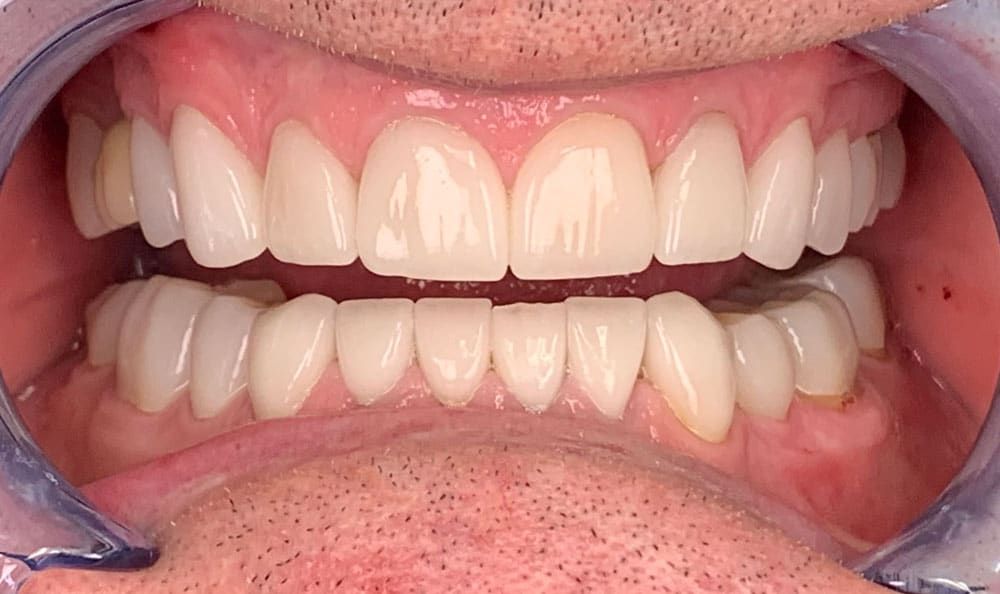
Purpose of Root Canal Treatment
The root canal treatment aims to protect the surrounding teeth from damage and save a tooth from extraction. The risk of developing bacteria or infection may be enhanced when the pulp accumulates inside teeth. If not treated on time, the infection or bacteria affects nearby teeth, causing more severe health and dental issues.
Maintaining proper oral functions and, protecting yourself from bite problems and shifting teeth from their actual position is essential in addition to preserving natural teeth.
Why Dental Professionals Consider Root Canal Effective Treatment?
Root canal is one of the effective dental solutions for tooth decay and periodontitis. The following are the reasons that are resolved by following:-
Preserve Natural Teeth
Root canal is a dental treatment aiming to save a natural tooth. Furthermore, this helps maintain the integrity of the dental arch and saves spending a hefty amount of money.
Pain Relief
Root canals are often used for pain relief, as they remove the infected pulp, allowing the patient to return to a pain-free lifestyle.
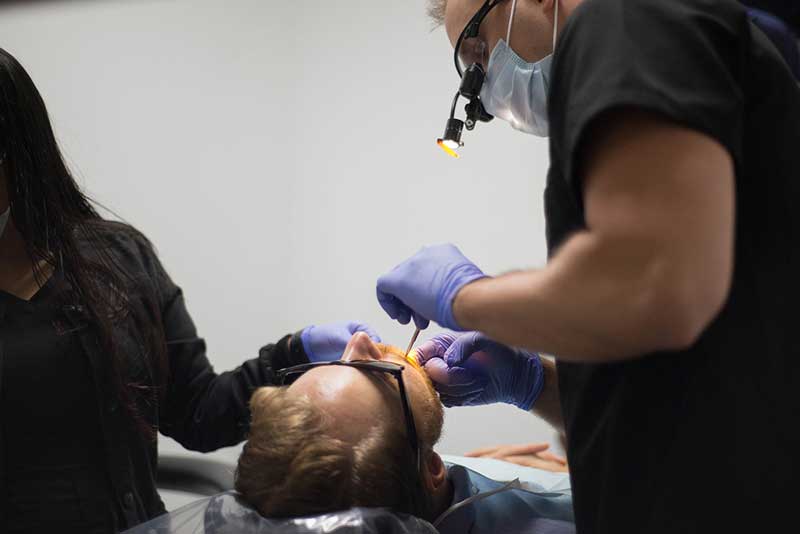
Protect From Spreading Infection
Dental professionals clean and seal teeth during root canal treatment, protecting individuals from spreading infections to surrounding areas. This plays a significant role in dental treatment and prevents individuals from severe oral health issues.
Improved oral function
Root canal treatment is a method that helps patients maintain their natural teeth, enabling them to continue chewing, speaking, and smiling confidently while preventing tooth loss issues.
Wrapping it up
A root canal may sound complex, but this is considered an effective dental treatment aiming to protect natural teeth and alleviate pain and discomfort. With dental advancements and anaesthesia, the procedure is simplified and comfortable, enabling professionals to perform the treatment smoothly and efficiently. It has now become a reliable solution for a healthy and functional smile. Visit Emergency Dental Clinic when you don't get relief from pain and swelling even after treatment.
Introduction
Dealing with wisdom teeth is challenging for some people, while others may experience discomfort, pain or sensitivity, precisely when chewing or drinking anything. Wisdom teeth are the third set of molars located at the back of your mouth that often develop in late teens or early adulthood, which can bring some unbearable pain. Pain can be troublesome to some people because they don’t get enough space or room to settle a third set of molars. This is the only reason for various dental problems, which include pain, discomfort, and swelling.
For proper guidance and wellness, it’s best to consult a healthcare expert to gather as much as information about wisdom tooth pain.
Symptoms
Wisdom teeth not only cause symptoms, but when they get infected, they also start damaging the surrounding areas or nearby teeth, which enhances the risk of developing other severe dental problems. Some of the wisdom tooth pain symptoms are mentioned below:-
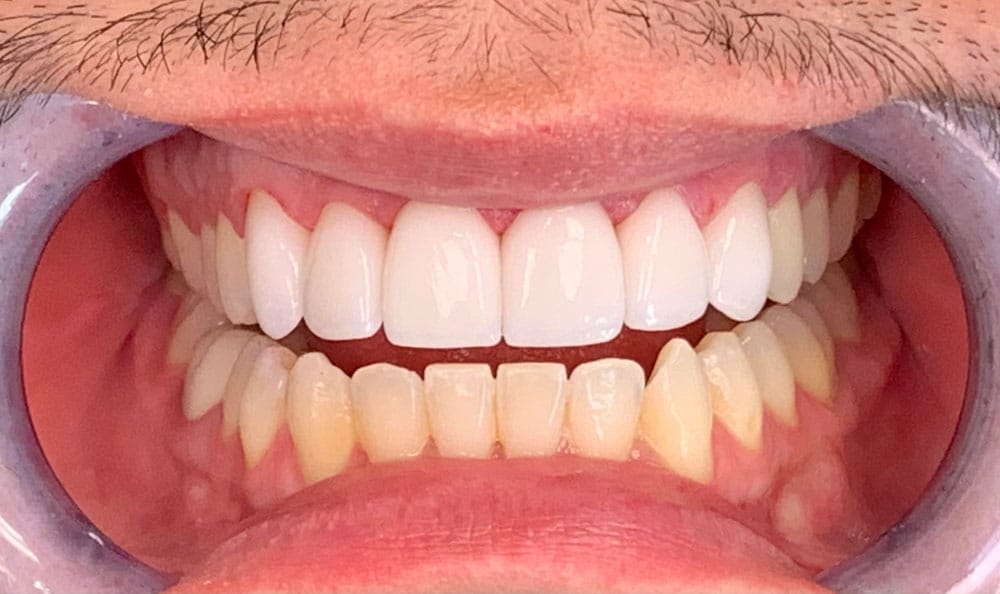
- Red or swollen gums
- Bleeding from gums
- Jaw pain
- Swelling around the jaw
- Consistent Bad breath
- An unpleasant taste in your mouth
- May experience difficulty in opening mouth
Effective Home Remedies To Get Relief From Wisdom Tooth Pain
Saltwater Rinse
If you’re dealing with persistent wisdom tooth pain, salt water rinse is one of the effective home treatments to eliminate this. Take a glassful of lukewarm water and mix a teaspoon of salt in it. Mix them well and use this solution for rinsing a mouthwash. This effective home care remedy helps reduce inflammation and works like an antiseptic solution that provides wisdom tooth pain relief.
Clove Oil
Clove oil contains numbing properties that have been used since ancient times to relieve dental pain. Put a few drops of olive oil in a cotton ball, place that ball in the affected region, and leave it for a few minutes, though it helps reduce pain and inflammation.
Ice Pack
A cold compress or an ice pack can provide instant relief from wisdom tooth pain. Place a cold compression or an ice pack on the outside of your cheek in the affected region for around 15 minutes. It helps in numbing or swelling and temporarily relieves pain and discomfort.
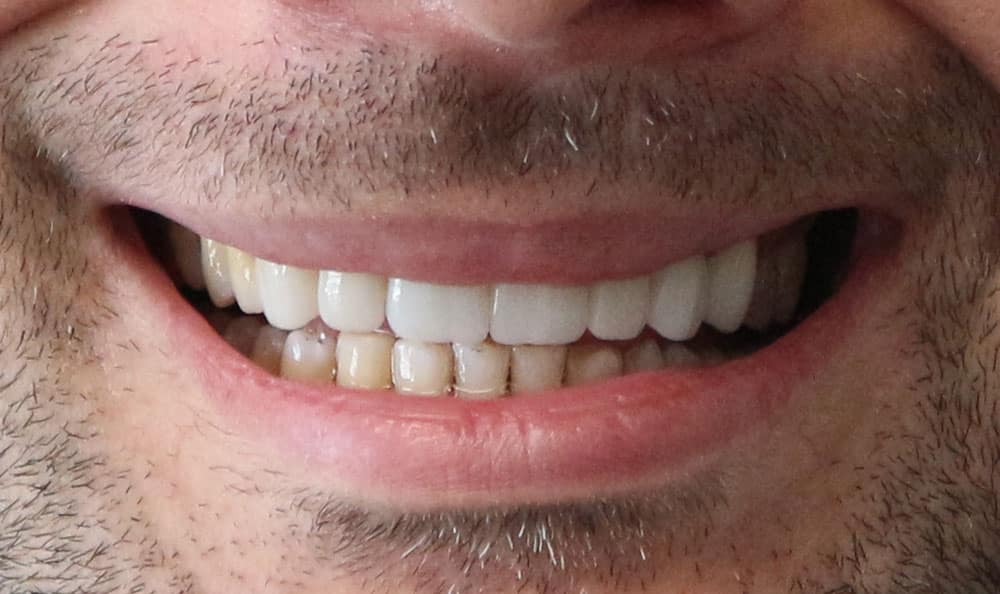
Peppermint Tea
Anti-inflammatory properties in Peppermint tea help individuals soothe their gums. Make a cup of peppermint tea, let them keep aside for cooling down, and gently apply it to your affected area. Later on, spit it out after a few minutes.
Over-the-Counter Pain Relief
Acetaminophen or ibuprofen are painkillers that you can get from any medical shop without any prescription. These drugs will reduce your pain and discomfort to some extent. Follow the dosage instructions a dental professional recommends, especially when you have any pre-existing medical conditions or issues.
Wrapping It Up
You can manage and address the wisdom tooth pain while listening to your body and seeking professional guidance when required. Whether you’re looking for home remedies or seeking advice from dental experts, it transforms a complete smile makeover and a comfortable journey into adulthood. Many people enquire about how long does wisdom tooth pain last. Wisdom tooth pain duration may vary from person to person or on oral health conditions but typically lasts a few days to weeks.
Having misaligned teeth is one of the common issues that can be seen in every second person. Moreover, this type of tooth has an adverse effect on appearance, smile, and overall health. Because crooked, chipped and broken teeth have a direct connection with overall health, they may create more complex issues such as oral cancer, diabetes, heart attack and many more. You can follow effective home remedies for tooth infection when you've mild pain.
In this article, understanding the basics of Fix Chipped Tooth:-
Why Are My Teeth Misaligned?
Genetics
If your family history has some combating issues related to teeth, it plays a vital role in determining jaw size and shape, influencing how teeth align.
Early Habits
Whenever your child sucks or uses a pacifier for a long time affects your teeth which has a negative effect that can lead to misaligned teeth.
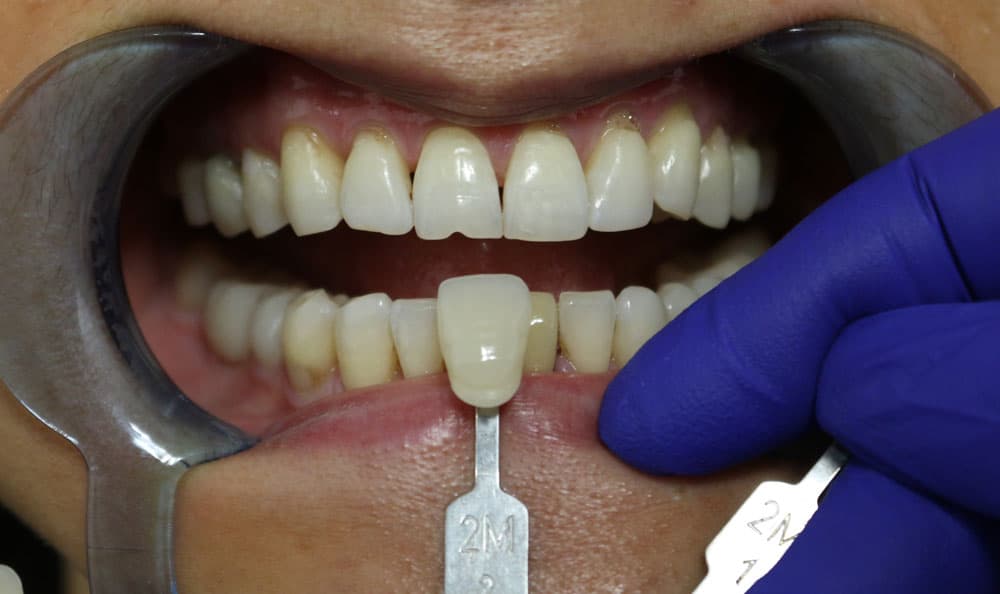
Missing Teeth
Uneven gaps or missing teeth can shift natural teeth from the actual ones, causing misalignment.
Jaw Size Discrepancy:
When your lower and upper jaws are not aligned properly or mismatched in size, this is also a reason for misaligned teeth.
How to Get Rid Of Misaligned Teeth
Along with misalignment, people face certain teeth issues such as inflamed gum, facial swelling, pain and sensitivity, and pus from the gum infected wisdom tooth symptoms.
Orthodontic Treatments
Traditional braces and modern dental options like clear aligners are preferable choices for many people gradually shift their teeth into actual positions.
Retainers
Retainers are also dental appliances that help maintain the corrected alignment and protect individuals from regression.
Tooth Extraction
Severe dental conditions such as overcrowding or removing a tooth may become necessary with the intent to create space for proper alignment.
Surgery
In complex dental conditions, jaw surgery is recommended by healthcare experts to resolve underlying conditions.
Traditional or Metal Wire Brackets
Metal brackets and wires gain immense popularity that gradually shifts teeth into alignment. They are known for rendering positive results effective but will be visible clearly.
Clear Aligners (Invisalign
Clear Aligners are removable and transparent; this is the only reason and have become a preferable choice for modern-generation people. This is a good option for people who are very concerned about their appearance.
What Are Common Types of Teeth Misalignment
Overcrowding
Various teeth competing in a limited space leads to overcrowding, causing teeth to twist or overlap.
Underbite
When the lower teeth protrude beyond the upper teeth.

Overbite
When the upper front teeth overlap with the lower front teeth excessively.
Open Bite
Sometimes, certain teeth don't make contact while biting down, leaving a gap.
What Should Keep in Mind During Orthodontic Treatment:
Follow-up with dentists every six months will be beneficial in monitoring because it lessens the risk of creating more complex issues and making adjustments simultaneously.
You must follow restricted oral hygiene practices like brushing, flossing, and rinsing your mouth with an anti-bacterial solution. If you've severe pain, discomfort, and bleeding, seek Urgent Dental Care Near Me.
Conclusion
Various factors can cause misaligned teeth, but effective solutions include seeking professional guidance, understanding treatment options, and embracing orthodontic solutions. This leads to a straighter, healthier smile, improved oral health, and boosts your confidence in your smile.




